Home>Furniture & Design>Living Room Furniture>How Long Should A Recliner Last
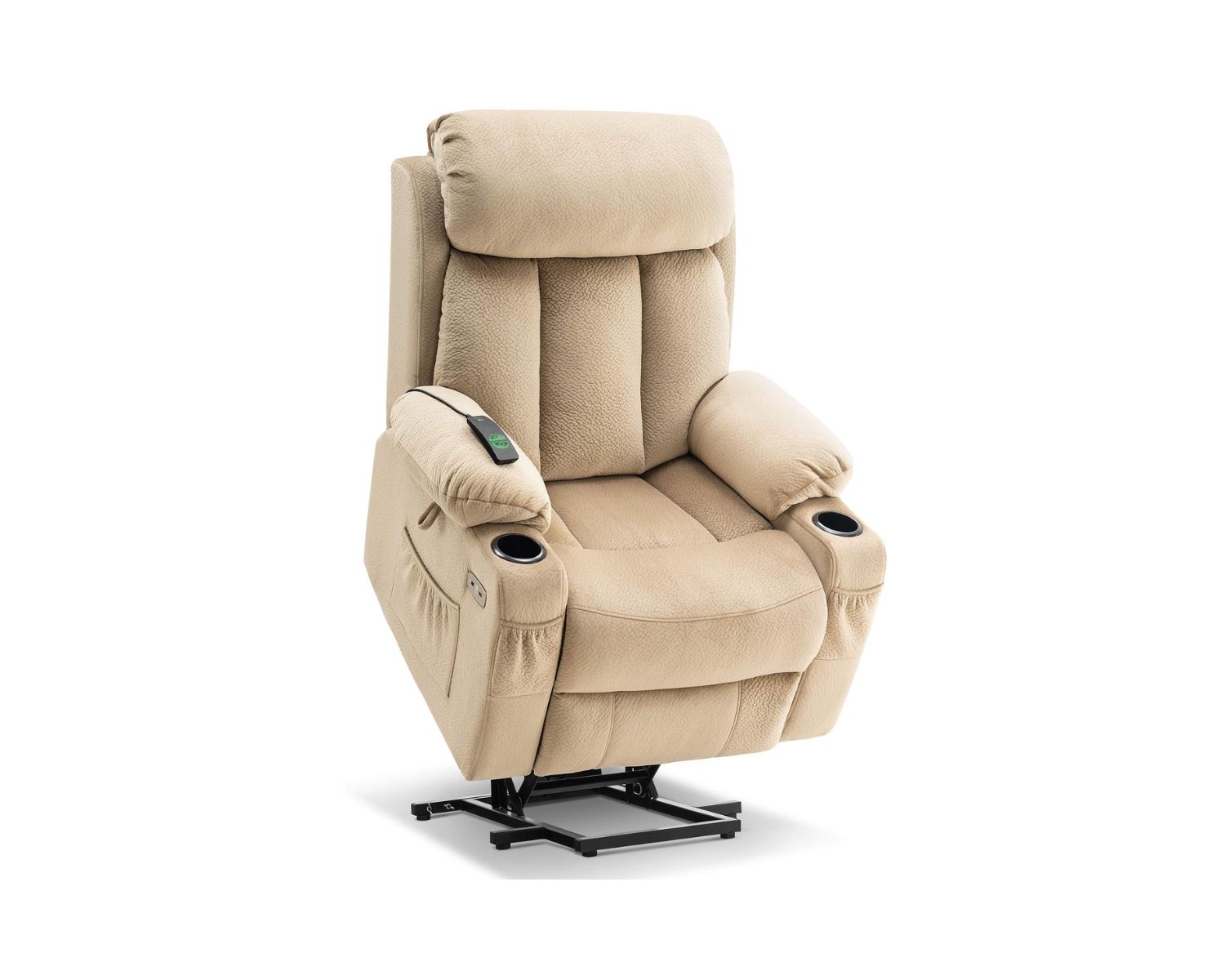

Living Room Furniture
How Long Should A Recliner Last
Modified: March 5, 2024
Discover the ideal lifespan for a recliner and ensure your living room furniture stands the test of time. Explore expert tips and advice on furniture durability.
(Many of the links in this article redirect to a specific reviewed product. Your purchase of these products through affiliate links helps to generate commission for Storables.com, at no extra cost. Learn more)
Introduction
When it comes to creating a cozy and inviting living room, a comfortable recliner is often the centerpiece of the space. Whether it's for lounging, reading, or catching up on your favorite shows, a high-quality recliner can provide the perfect spot to unwind after a long day. However, like any piece of furniture, recliners are subject to wear and tear over time. This raises an important question for homeowners and furniture enthusiasts alike: How long should a recliner last?
Understanding the factors that influence the longevity of a recliner, as well as the average lifespan of these beloved pieces of furniture, can help individuals make informed decisions when purchasing and caring for their recliners. Additionally, implementing practical tips for extending the lifespan of a recliner can contribute to preserving its comfort and functionality for years to come.
In this comprehensive guide, we will delve into the various aspects that impact the durability of recliners, shed light on the average lifespan of these pieces, and provide valuable insights on how to maintain and prolong the life of your recliner. By the end of this article, you will be equipped with the knowledge to make the most of your recliner investment and ensure that it remains a cherished part of your living room for the long haul.
Key Takeaways:
- A well-crafted recliner can last 10-20 years with proper care. Quality materials, regular maintenance, and avoiding environmental hazards can extend its lifespan, ensuring years of comfort and relaxation.
- To make your recliner last, clean it regularly, handle it with care, and avoid direct sunlight. Tighten loose components, use protective covers, and seek professional repairs when needed.
Read more: How Long Does A Power Recliner Last
Factors Affecting Recliner Longevity
The longevity of a recliner is influenced by various factors, each playing a crucial role in determining how long a recliner will remain comfortable and functional. Understanding these factors can help individuals make informed decisions when selecting a recliner and caring for it over time.
1. Quality of Materials
The materials used in the construction of a recliner significantly impact its durability. High-quality recliners are often crafted from sturdy hardwood frames, durable metal mechanisms, and resilient upholstery materials. These materials are designed to withstand regular use and provide long-lasting support. Conversely, recliners made from inferior materials may succumb to wear and tear more quickly, leading to a shorter lifespan.
2. Usage Frequency
The frequency and intensity of use can also affect the longevity of a recliner. A recliner that is used daily for extended periods is likely to experience more wear and stress on its components compared to one that is used sparingly. Factors such as the weight of the user, the frequency of reclining and adjusting the chair, and the presence of pets or children can all contribute to the wear and tear experienced by the recliner.
3. Maintenance and Care
Proper maintenance and care play a pivotal role in extending the lifespan of a recliner. Regular cleaning and upkeep, including vacuuming, spot cleaning, and conditioning the upholstery, can prevent premature deterioration. Additionally, addressing minor issues promptly, such as loose screws or fraying fabric, can prevent them from escalating into more significant problems that compromise the structural integrity of the recliner.
Read more: How Long Should Pillows Last
4. Environmental Factors
The environment in which a recliner is placed can impact its longevity. Exposure to direct sunlight, fluctuating humidity levels, and temperature extremes can accelerate the deterioration of materials, leading to fading, warping, or weakening of the recliner's components. Placing the recliner away from direct sunlight and using appropriate climate control measures can help mitigate these environmental effects.
5. Build Quality and Design
The overall build quality and design of a recliner also contribute to its longevity. Well-constructed recliners with reinforced joints, high-quality stitching, and robust reclining mechanisms are more likely to withstand the rigors of regular use. Additionally, ergonomic design features that promote proper body alignment and support can enhance the comfort and longevity of the recliner.
By considering these factors, consumers can make informed choices when selecting a recliner and take proactive measures to preserve its longevity. Understanding the impact of materials, usage frequency, maintenance, environmental factors, and build quality empowers individuals to maximize the lifespan of their recliners, ensuring years of comfort and enjoyment.
Average Lifespan of a Recliner
The average lifespan of a recliner can vary significantly based on several factors, including the quality of the materials, frequency of use, maintenance practices, and environmental conditions. Generally, a well-crafted and well-maintained recliner can be expected to last anywhere from 10 to 20 years. However, it's essential to note that this estimate is not set in stone and can fluctuate based on individual circumstances.
High-quality recliners constructed from durable materials such as hardwood frames, robust metal mechanisms, and resilient upholstery have the potential to endure for two decades or more with proper care and maintenance. These sturdy materials are designed to withstand the rigors of regular use, providing long-lasting comfort and support.
On the other hand, recliners made from lower-quality materials may have a shorter lifespan, typically ranging from 5 to 10 years. These recliners are more susceptible to premature wear and tear, leading to a diminished lifespan and compromised comfort over time.
The frequency and intensity of use also play a significant role in determining the lifespan of a recliner. A recliner that is used daily for extended periods, especially by individuals of larger stature, may experience accelerated wear on its components, potentially shortening its lifespan. Conversely, a recliner used infrequently and with care may surpass the average lifespan.
Proper maintenance and care are crucial factors in extending the lifespan of a recliner. Regular cleaning, conditioning, and addressing minor issues promptly can prevent premature deterioration, contributing to a longer lifespan. Neglecting maintenance, on the other hand, can lead to accelerated wear and potential structural issues, shortening the recliner's lifespan.
Environmental factors, such as exposure to sunlight, humidity, and temperature extremes, can also impact the longevity of a recliner. Recliners placed in direct sunlight or environments with fluctuating humidity levels may experience faster deterioration, potentially reducing their lifespan.
In summary, the average lifespan of a recliner can range from 5 to 20 years, depending on the quality of materials, frequency of use, maintenance practices, and environmental conditions. By investing in a high-quality recliner, practicing regular maintenance, and creating a favorable environment, individuals can maximize the lifespan of their recliners, ensuring years of comfort and enjoyment.
Tips for Extending the Lifespan of a Recliner
-
Regular Maintenance and Cleaning: Implement a routine cleaning schedule for your recliner to prevent dirt, dust, and debris from accumulating. Vacuum the upholstery, paying attention to crevices and seams, and use a gentle upholstery cleaner as recommended by the manufacturer. Additionally, promptly address spills and stains to prevent them from setting and causing long-term damage.
-
Proper Handling and Usage: Encourage proper usage habits to minimize strain on the recliner's mechanisms and upholstery. Avoid plopping into the recliner or using excessive force when adjusting the position. Additionally, refrain from sitting on the armrests or footrests, as this can cause structural damage over time.
-
Avoid Direct Sunlight and Environmental Hazards: Position the recliner away from direct sunlight and heat sources to prevent fading and deterioration of the upholstery and materials. Furthermore, shield the recliner from environmental hazards such as excessive humidity, which can lead to mold and mildew, and extreme temperature fluctuations, which can affect the integrity of the materials.
-
Tighten Loose Components: Periodically inspect the recliner for loose screws, bolts, or other components, and tighten them as needed. Loose hardware can contribute to instability and premature wear, so ensuring that all parts are secure is essential for maintaining the recliner's longevity.
-
Use Caution When Moving the Recliner: When relocating the recliner, exercise caution to avoid damaging its components or the surrounding furniture. Lift and carry the recliner with care, and avoid dragging it across the floor, as this can strain the frame and mechanisms.
-
Professional Inspection and Repairs: If you notice any signs of wear, tear, or mechanical issues, consider seeking professional inspection and repairs. Addressing minor issues promptly can prevent them from escalating into more significant problems that compromise the recliner's lifespan.
-
Utilize Armrest and Headrest Covers: Consider using removable armrest and headrest covers to protect these areas from oils, sweat, and dirt. These covers can be easily washed or replaced, extending the lifespan of the recliner's upholstery.
By incorporating these tips into your recliner care routine, you can effectively extend its lifespan and ensure that it continues to provide comfort and relaxation for years to come.
Read more: How Long Should A Kettle Last
Conclusion
In conclusion, the longevity of a recliner is influenced by a myriad of factors, including the quality of materials, frequency of use, maintenance practices, and environmental conditions. Understanding these factors is essential for making informed decisions when selecting a recliner and implementing effective care strategies to prolong its lifespan.
While the average lifespan of a recliner typically ranges from 10 to 20 years, it is important to recognize that this estimate is not absolute and can fluctuate based on individual circumstances. High-quality recliners constructed from durable materials have the potential to endure for two decades or more with proper care, while lower-quality recliners may have a shorter lifespan, typically ranging from 5 to 10 years.
By investing in a well-crafted recliner, practicing regular maintenance, and creating a favorable environment, individuals can maximize the lifespan of their recliners, ensuring years of comfort and enjoyment. Implementing a routine cleaning schedule, encouraging proper usage habits, protecting the recliner from environmental hazards, and addressing minor issues promptly are all crucial steps in extending the lifespan of a recliner.
Furthermore, the proactive use of armrest and headrest covers, periodic tightening of loose components, and exercising caution when moving the recliner can contribute to its longevity. Seeking professional inspection and repairs when necessary is also vital for addressing potential issues before they escalate.
Ultimately, by considering the factors that impact recliner longevity and implementing the recommended tips for care and maintenance, individuals can preserve the comfort, functionality, and aesthetic appeal of their recliners for years to come. A well-maintained recliner not only serves as a cozy spot for relaxation but also becomes a cherished centerpiece of the living room, enhancing the overall ambiance of the space.
In essence, the lifespan of a recliner is not solely determined by the passage of time, but rather by the conscientious care and attention it receives. By embracing these principles, individuals can ensure that their recliners remain inviting and comfortable retreats for many years, enriching their daily lives with relaxation and tranquility.
Frequently Asked Questions about How Long Should A Recliner Last
Was this page helpful?
At Storables.com, we guarantee accurate and reliable information. Our content, validated by Expert Board Contributors, is crafted following stringent Editorial Policies. We're committed to providing you with well-researched, expert-backed insights for all your informational needs.
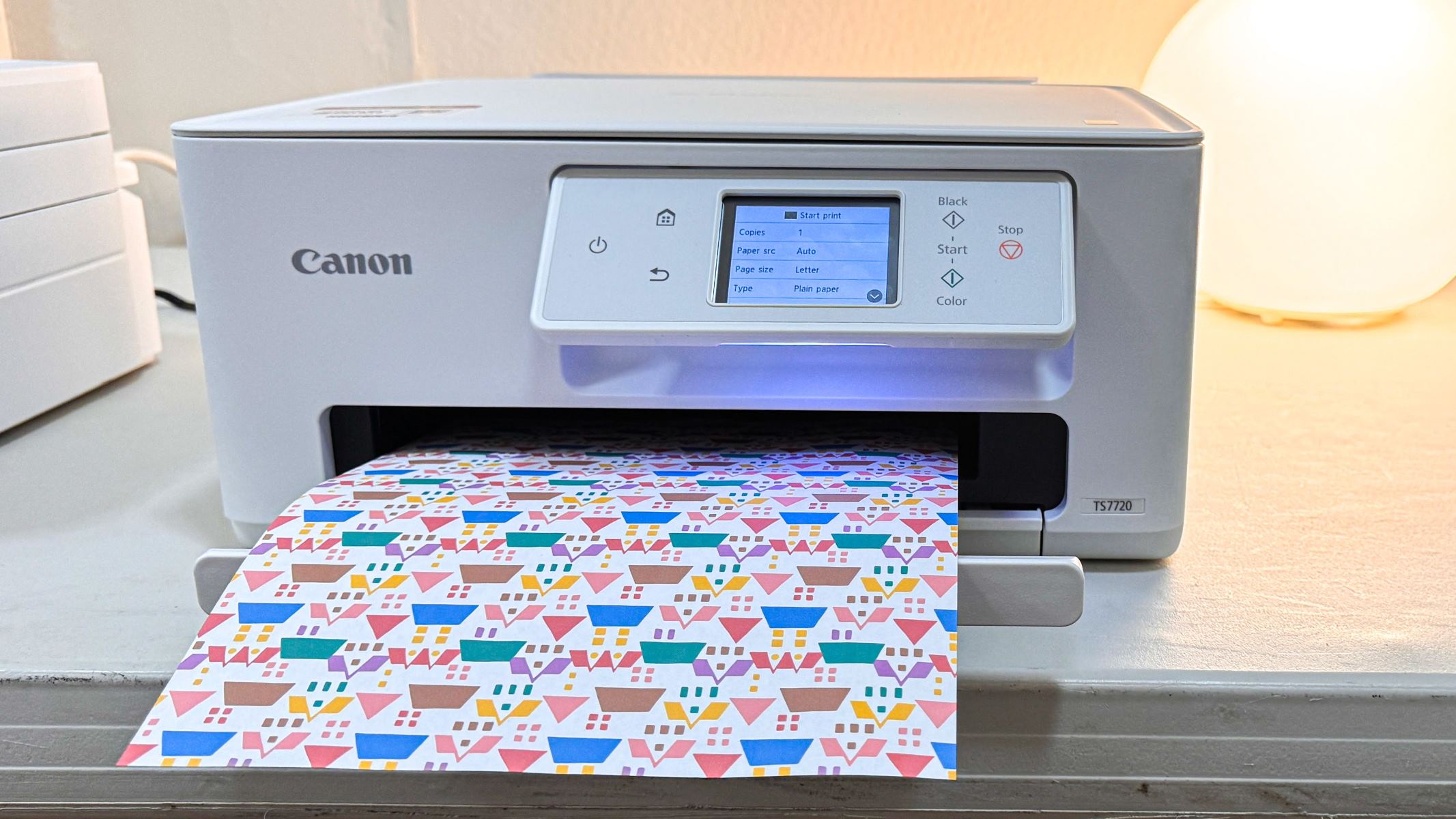
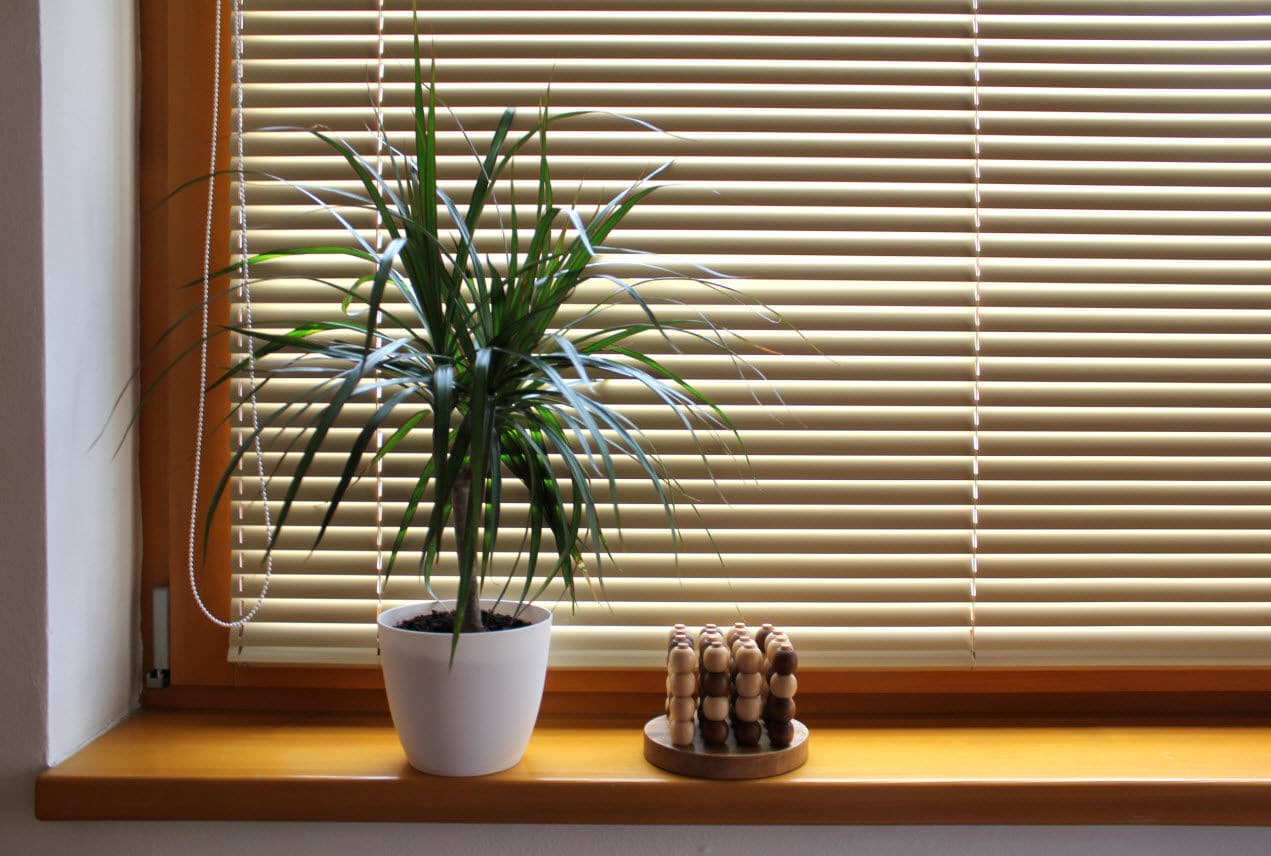

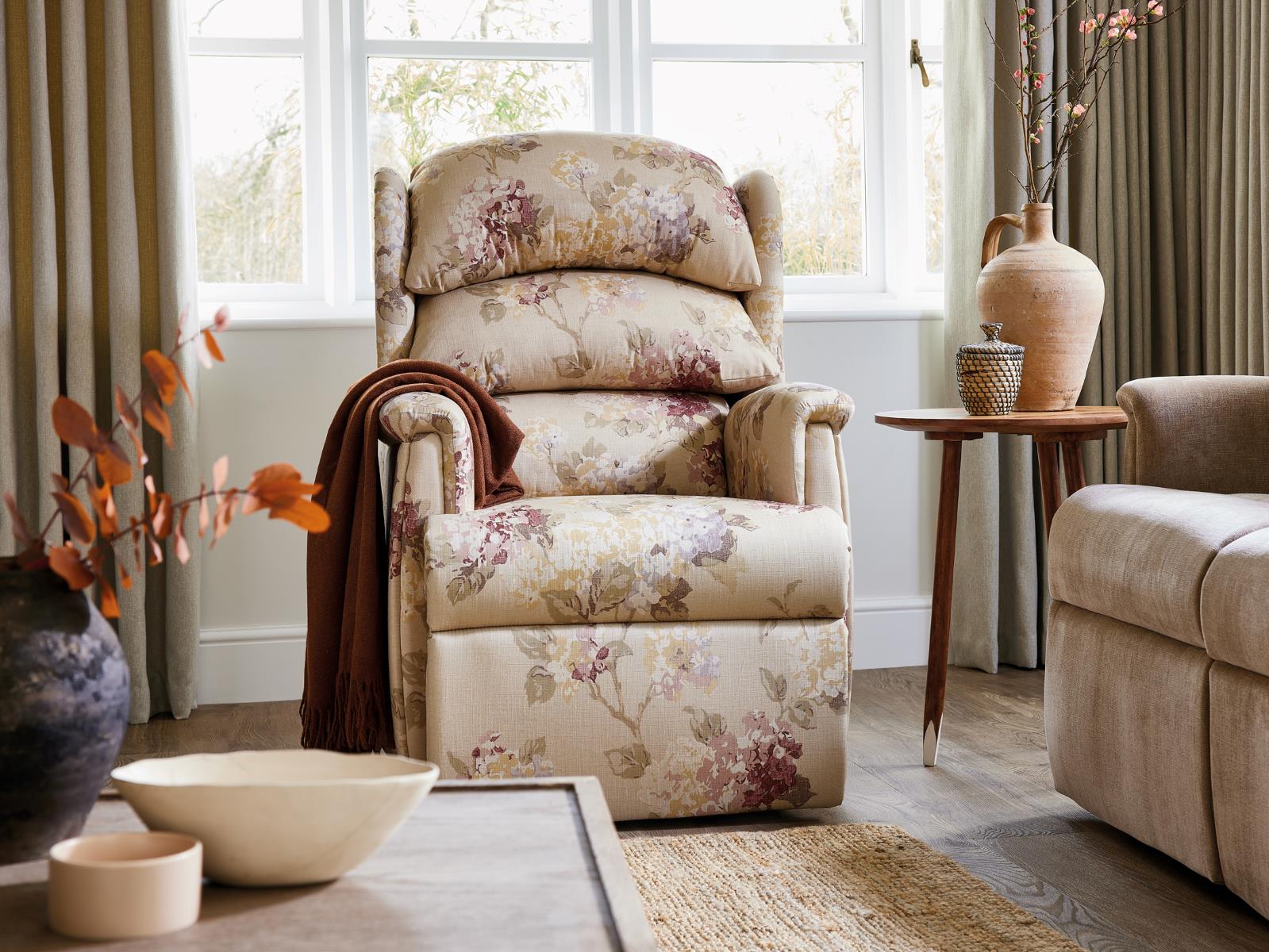
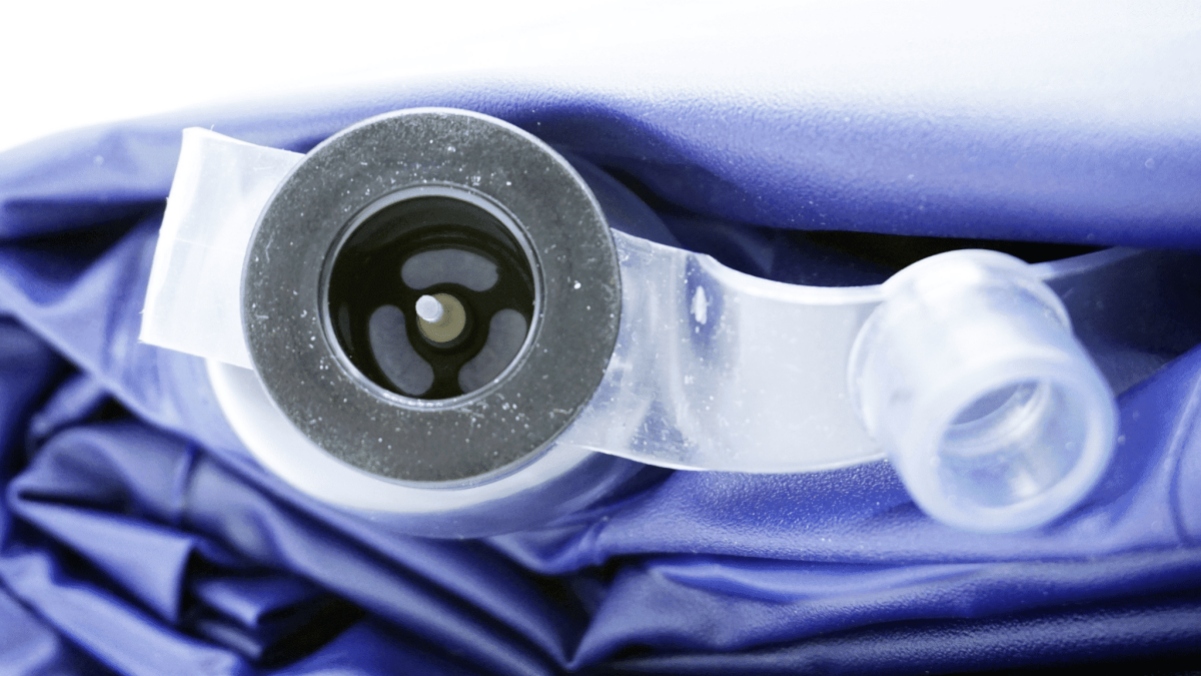
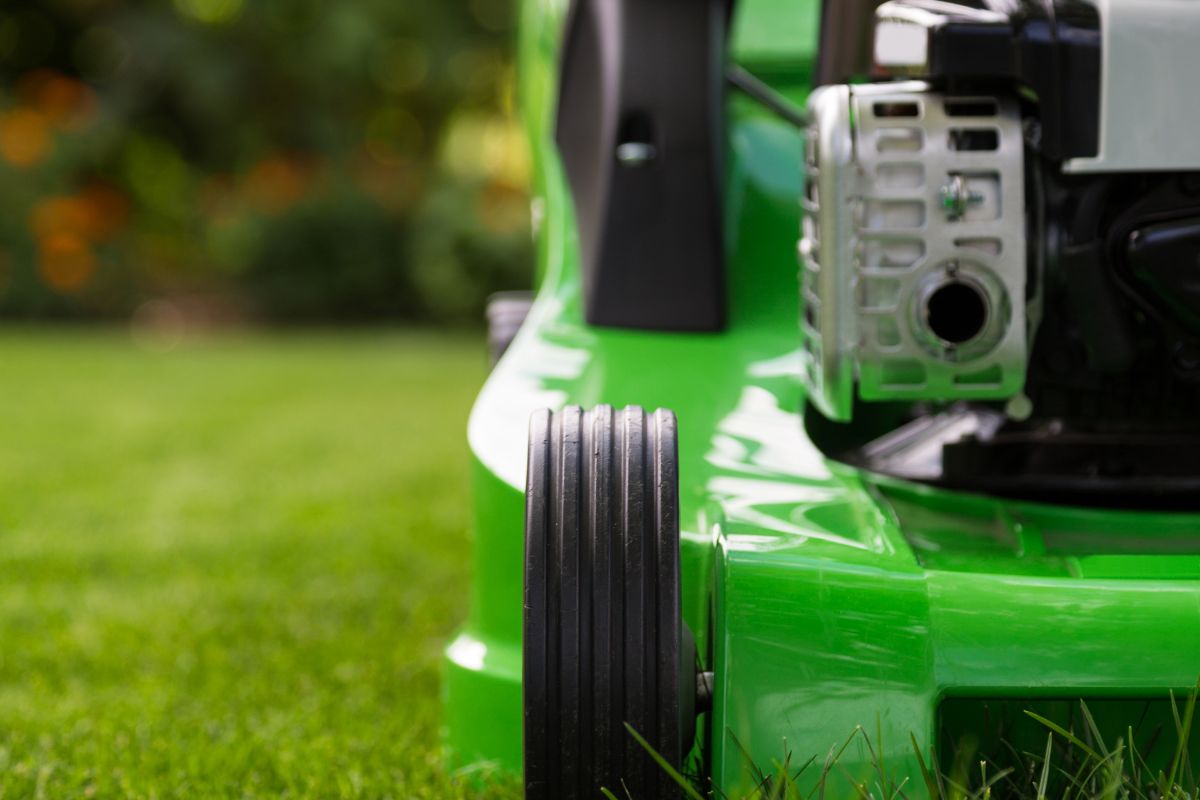
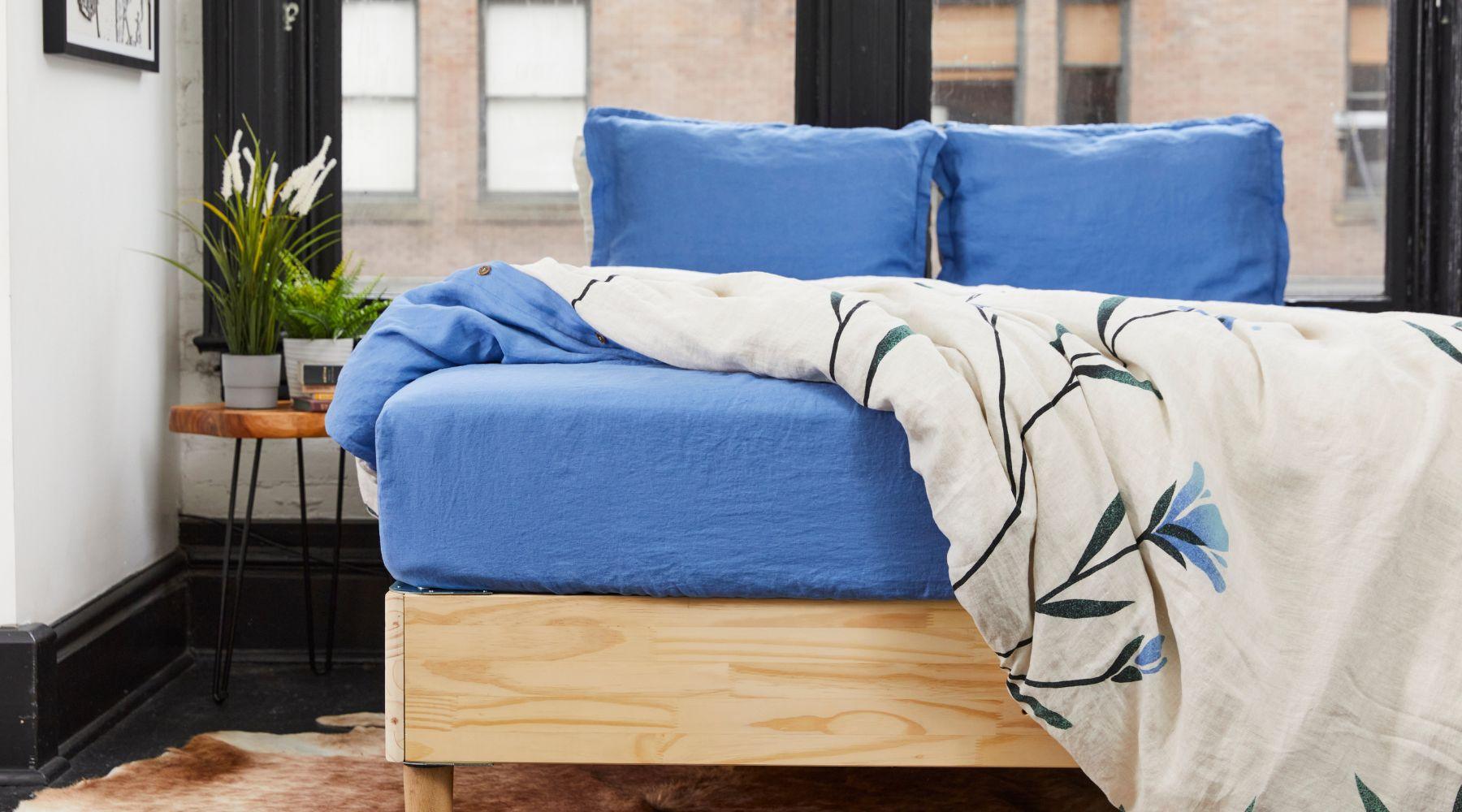
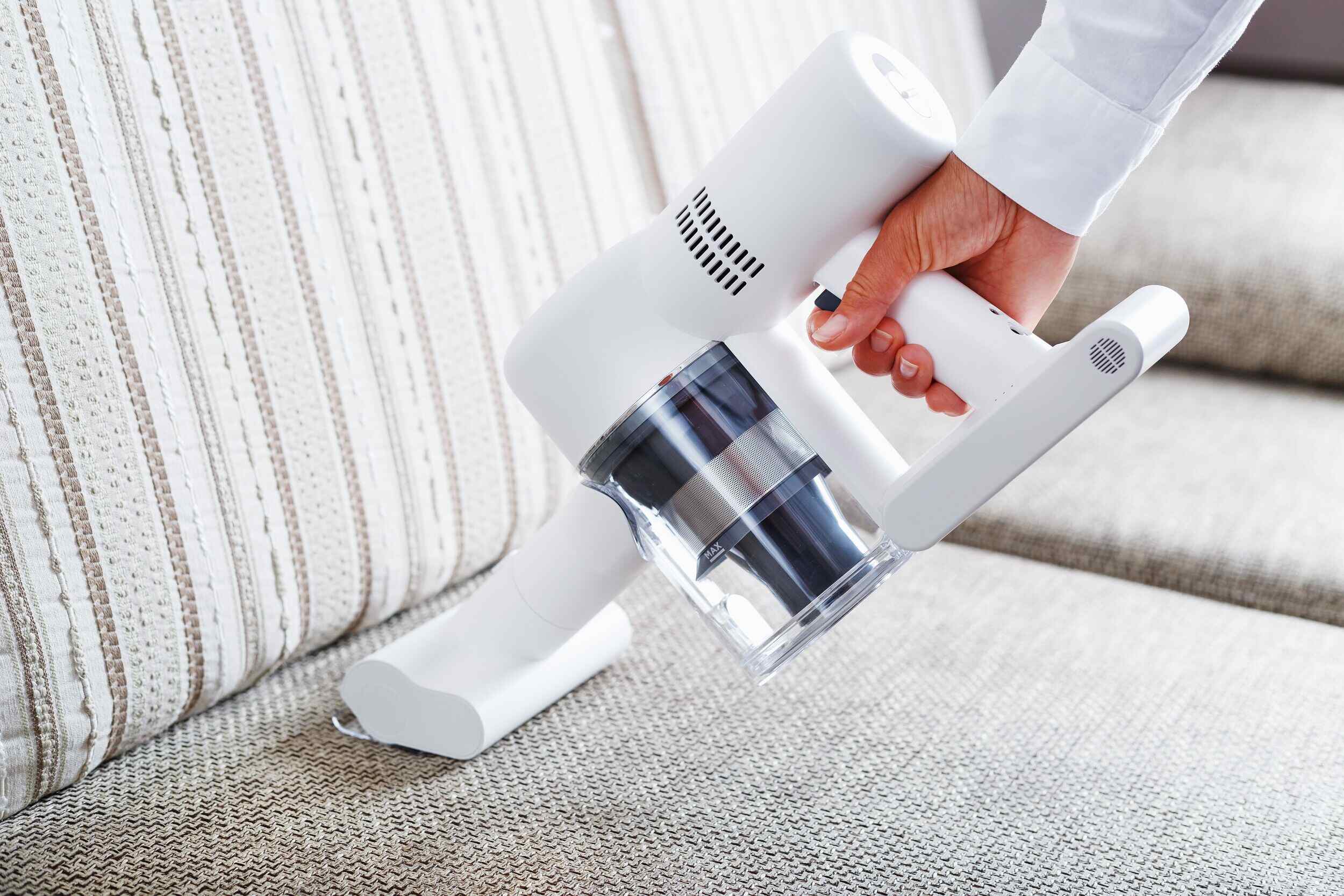
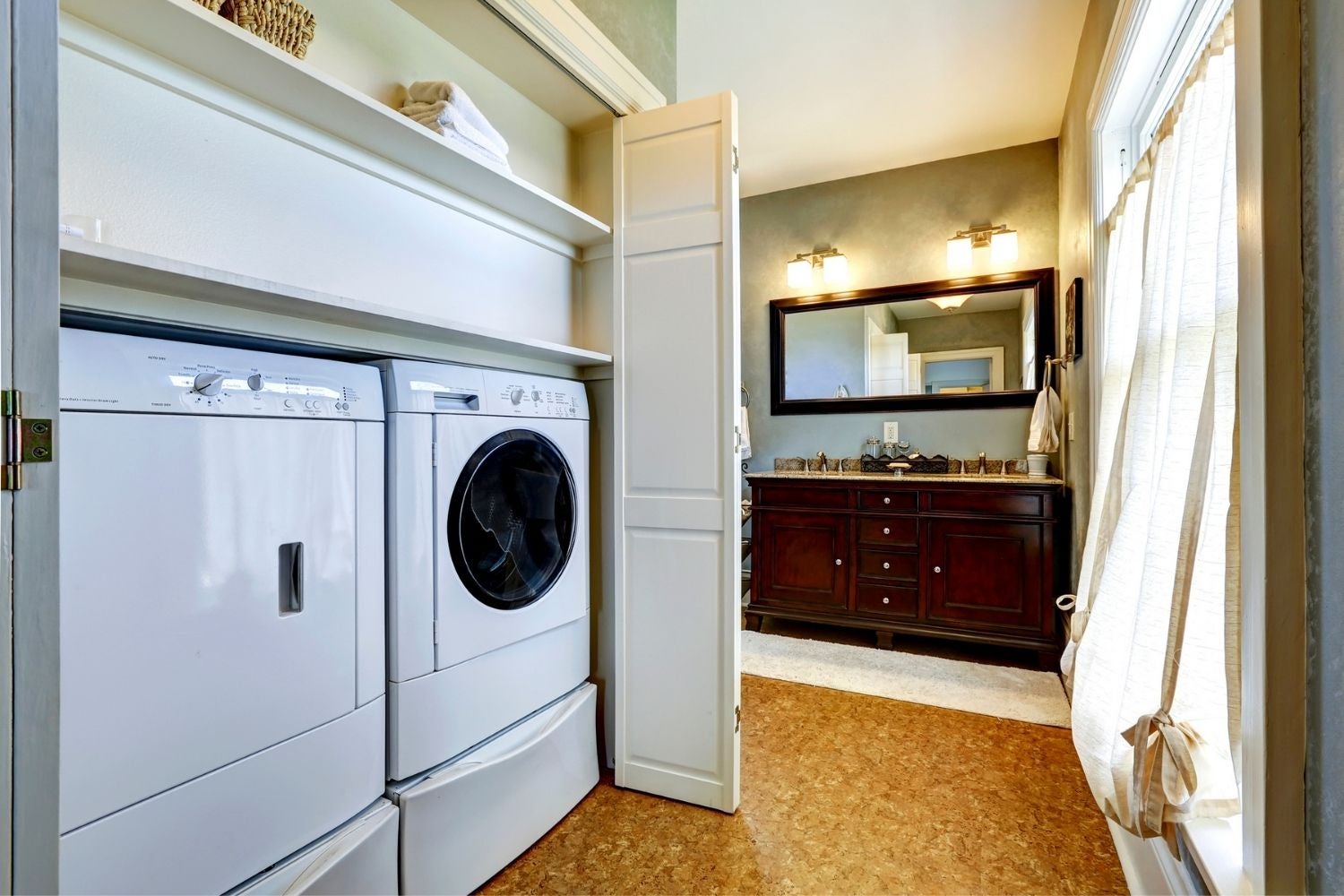
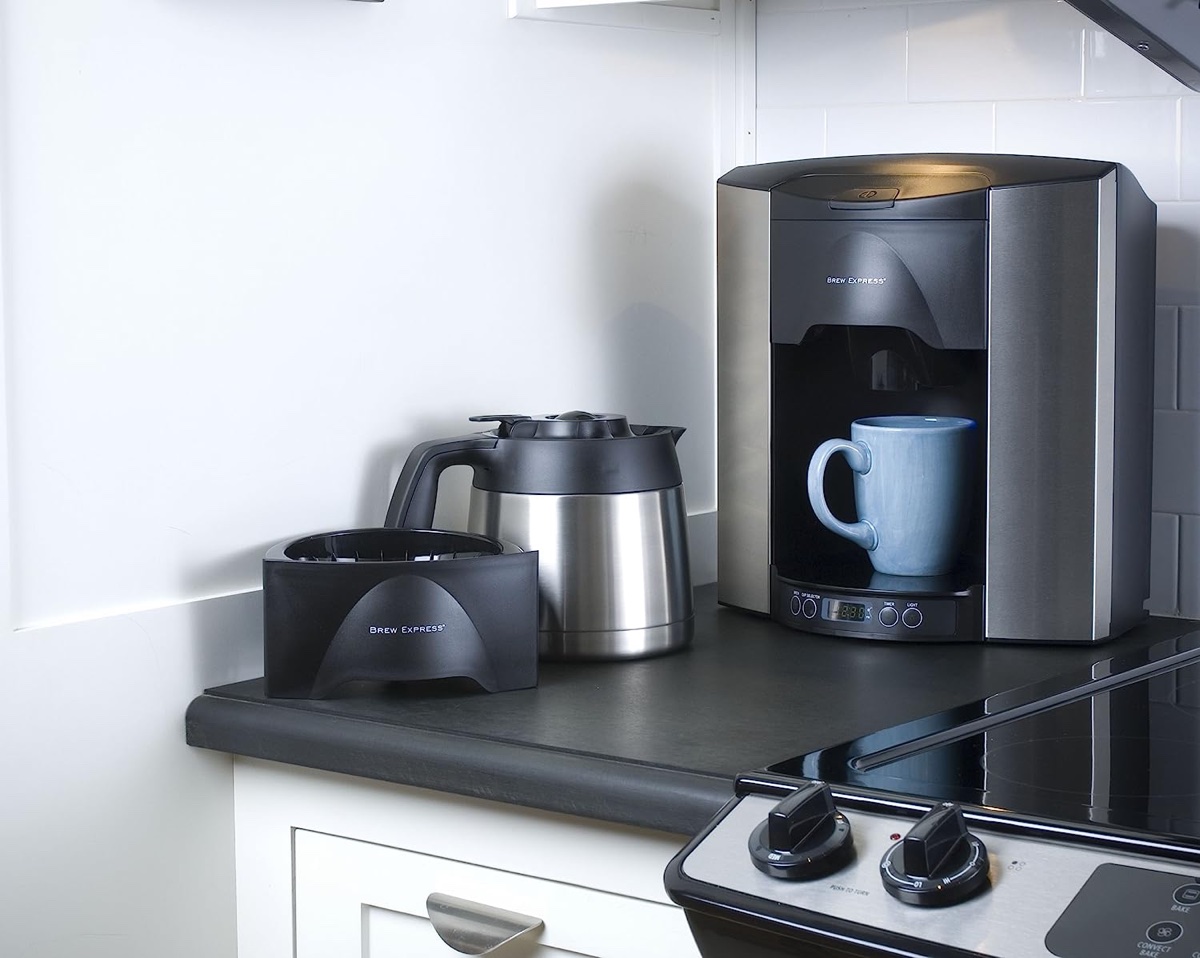
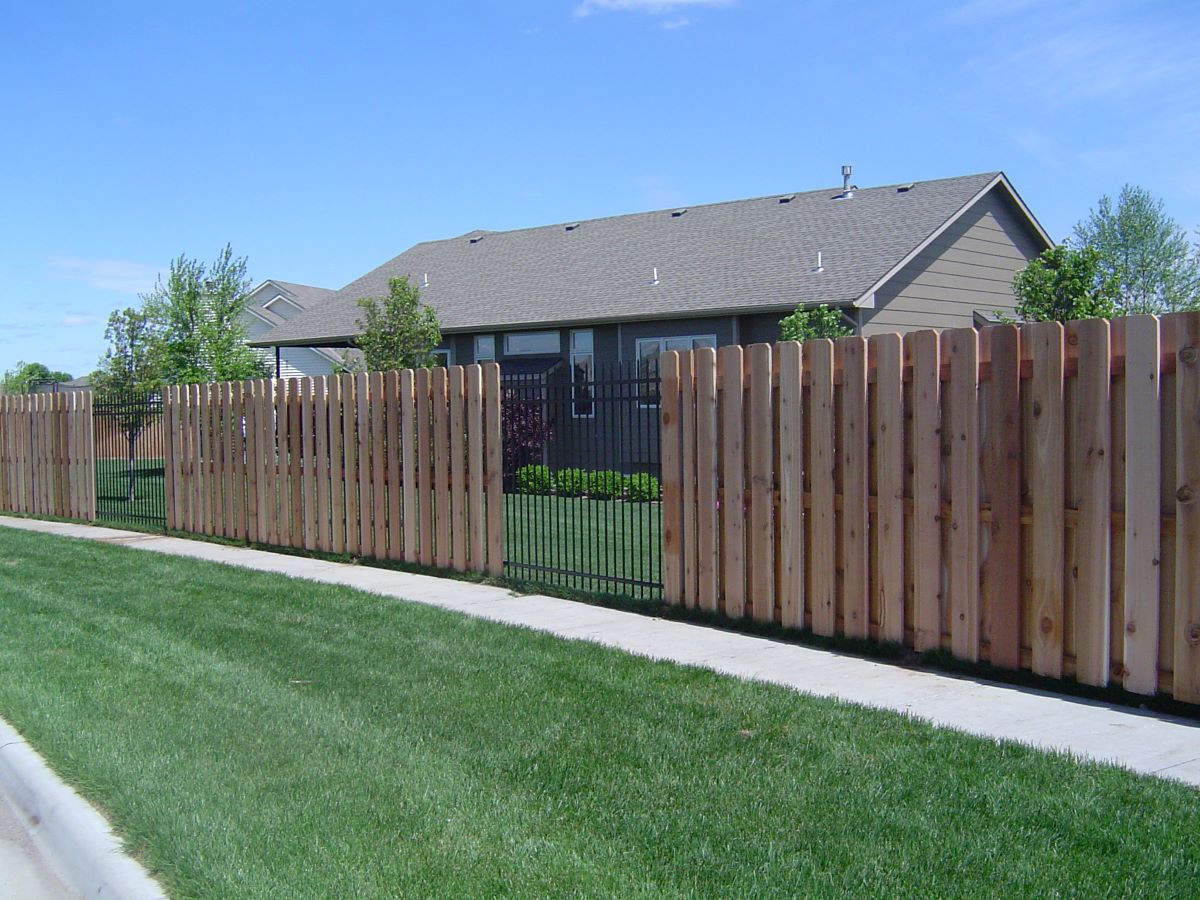
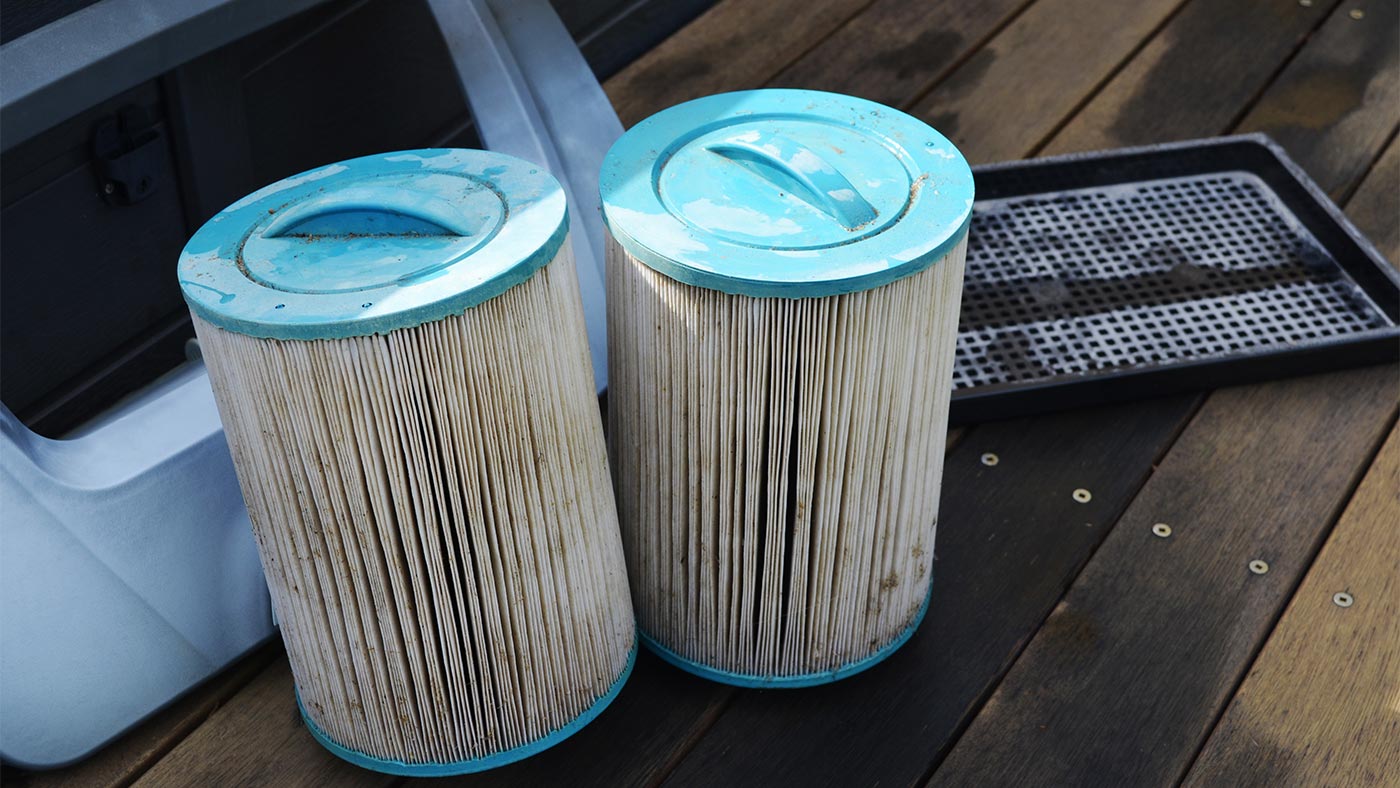
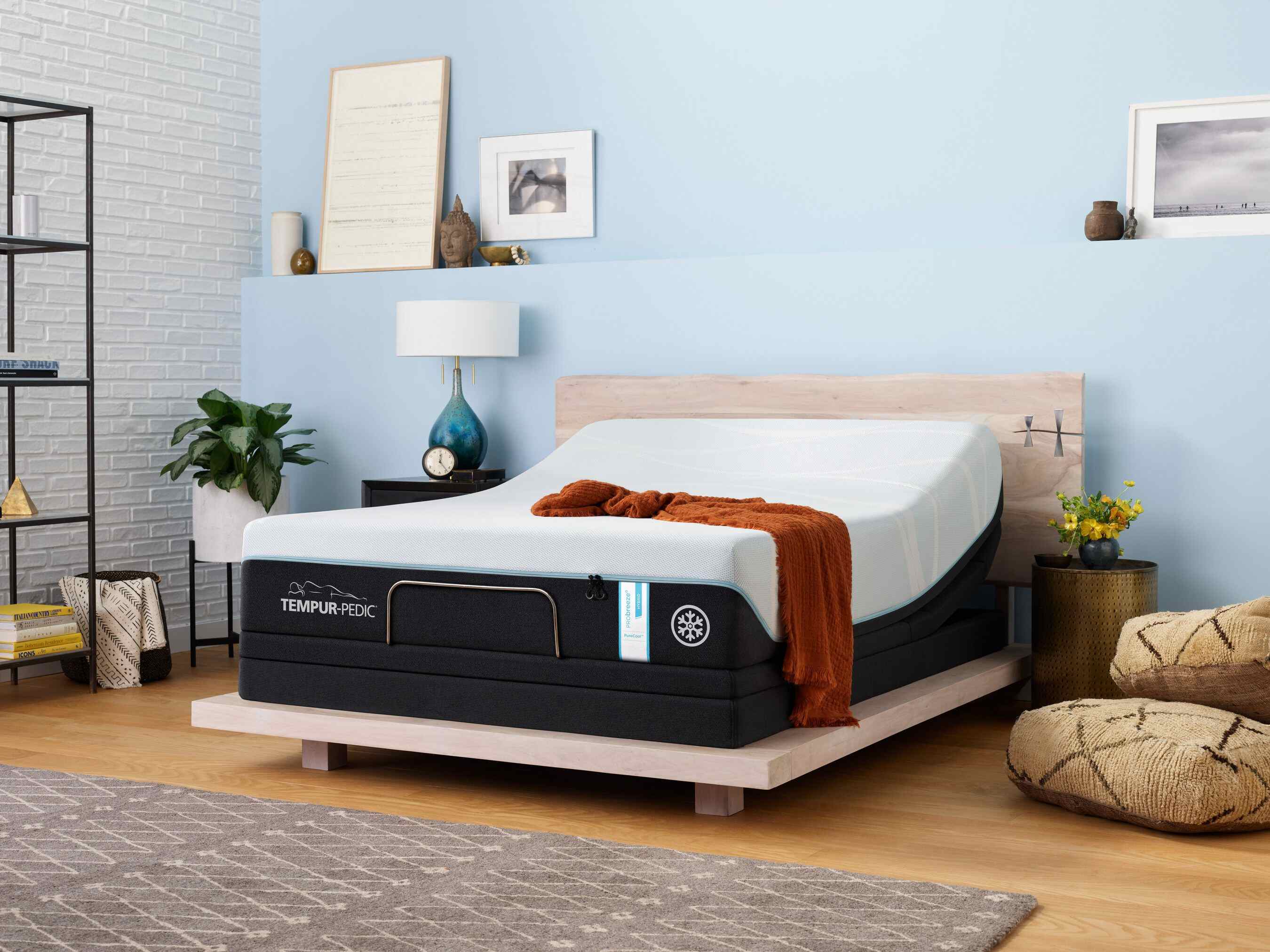

0 thoughts on “How Long Should A Recliner Last”